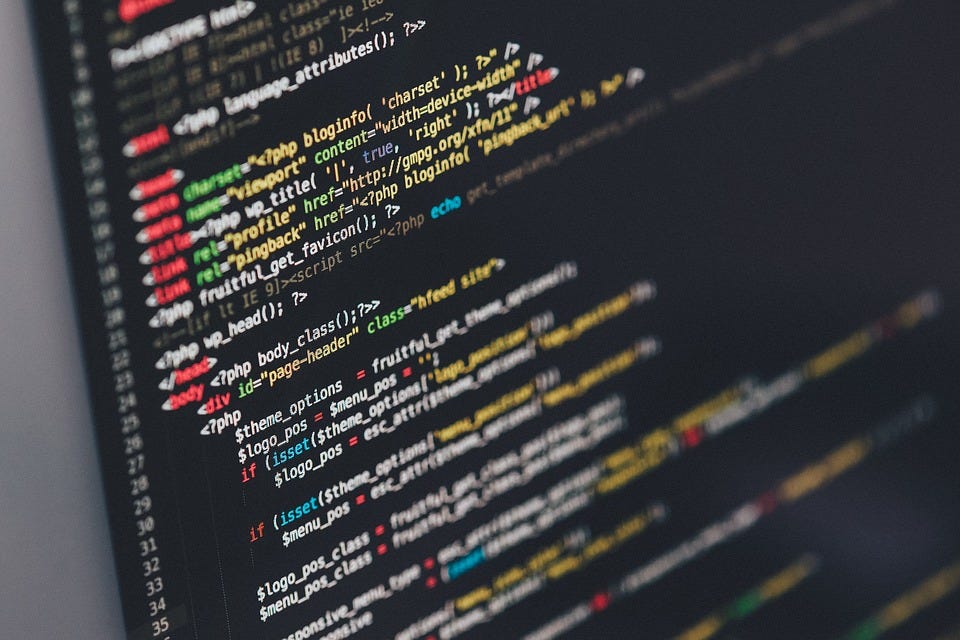
Software Developer Life Hacks for Efficiency

A cluttered workspace is a creativity killer. Tidy that desk. Align your monitors with ergonomic precision. Invest in an adjustable chair that supports your lumbar region. Use window-management tools like Spectacle or AquaSnap to snap windows into place with keystrokes. Customize your terminal theme to a palette that soothes rather than sears your retinas. These tweaks form the foundation of efficiency coding hacks.
Embrace Keyboard Mastery
Relying on the mouse for every action is a snail’s pace approach. Learn the keybindings of your IDE—whether that’s Visual Studio Code, IntelliJ IDEA, or Vim. Memorize commands for refactoring, search and replace, and multiline editing. Combine chords (e.g., Ctrl+Shift+L in VS Code) to manipulate multiple cursors simultaneously. Short bursts of practice yield fluency. Soon you’ll feel like a digital pianist, composing symphonies of code at lightning celerity.
Leverage Snippets and Macros
Why type boilerplate when you can auto-generate it? Snippets empower you to expand a few characters into entire class definitions or REST endpoint configurations. Craft custom templates for recurring patterns—dependency injection, error-handling blocks, or CSS grid layouts. In more advanced workflows, record macros that sequence keystrokes and commands to perform intricate edits. This is one of the most potent efficiency coding hacks, allowing you to transcend mundane repetition.
Automate Repetitive Tasks
Manual deployment steps? Obsolete. Writing the same regex over and over? Antiquated. Adopt task runners like Gulp, Grunt, or npm scripts to handle builds, linting, and minification. Configure your CI/CD pipeline to trigger on pull requests, automatically run test suites, and deploy to staging or production environments. When the machine does the rote work, your cognition is liberated for high-level problem-solving.
Integrate Smart Debugging Techniques
Debugging needn’t be a labyrinthine ordeal. Use conditional breakpoints to halt execution only when specified criteria are met. Harness watch expressions to monitor variables in real time. Modern debuggers allow “time-travel” debugging, rewinding program state to inspect anomalies retroactively. Embrace tools like Sentry or Datadog for real-time error aggregation and stack-trace visualization. These practices mitigate the tedium of defect hunting.
Harness Version Control Shortcuts
Version control is more than committing and pushing. Graphical interfaces are fine for beginners, but mastering Git’s command line yields unparalleled control. Learn to cherry-pick commits, rebase interactively, and resolve merge conflicts with finesse. Create aliases for verbose commands—for instance, git lg for a concise, colorized log. Combine git bisect with automated test scripts to pinpoint regressions rapidly. This is central to many efficiency coding hacks.
Adopt the Pomodoro Technique
Distraction is the enemy of deep work. The Pomodoro Technique—25 minutes of intense focus followed by a 5-minute break—capitalizes on our natural attention spans. Use timers like Marinara or Focus Booster. During breaks, stand, stretch, or practice mindfulness. These micro-recoveries sharpen concentration and prevent cognitive fatigue. Over a day, you’ll produce higher-quality code in fewer hours.
Craft a Personalized Workflow
One-size-fits-all methodologies are charmingly naïve. Identify your peak productivity windows and guard them zealously. Perhaps you’re a dawn sprinter who zests through complex algorithms at six AM. Or a night owl who thrives past midnight, conjuring elegant UI animations. Design your schedule around these rhythms. Tools like RescueTime can map your digital habits, revealing where distractions lurk. Tailoring your routine constitutes a nuanced efficiency coding hack.
Use Visual Project Management
Kanban boards and Gantt charts provide more than aesthetic appeal. They externalize cognitive load, letting you see task flow at a glance. Tools like Jira, Trello, or Asana can integrate with your repositories, automatically moving cards when pull requests are merged. Color-code by priority or time estimate. Visual dashboards cultivate a shared understanding across teams and minimize status-meeting overhead.
Continuous Learning Sprints
Stagnation is antithetical to efficiency. Dedicate short “learning sprints” each week: read documentation, experiment with alpha releases, or solve algorithmic puzzles on platforms like Codewars. Rotate topics—functional programming one week, container orchestration the next. Document insights in a personal wiki or blog. This heuristic approach accelerates your familiarity with emergent technologies, ensuring you stay ahead of obsolescence.
Harness Command-Line Productivity
The command line remains an undervalued powerhouse. Master shell scripting to automate file transformations, batch database migrations, or scrub logs. Use tools like grep, awk, and jq to parse and manipulate text with surgical precision. Leverage tmux to multiplex terminals, maintaining persistent sessions across SSH connections. These techniques epitomize efficiency coding hacks by shifting grunt tasks to instantaneous shell pipelines.
Cultivate Mindful Breaks and Ergonomics
Efficiency isn’t mere throughput. It’s sustainable productivity. Incorporate micro-exercises—wrist stretches, neck rolls, or breathwork—into your breaks. Use blue-light filters after dusk to preserve circadian rhythms. Consider sit-stand desks to alternate between postures. A resilient body supports a resilient mind, preventing the attrition that can derail sprints.
Efficiency is less about frenetic activity and more about intelligent orchestration of tools, time, and habits. By optimizing your environment, automating rote tasks, and refining your personal workflow, you unlock the true power of efficiency coding hacks. These life hacks aren’t esoteric secrets—they’re pragmatic strategies practiced by top-tier developers worldwide. Implement them with cheer, adapt them creatively, and watch your productivity soar to unprecedented heights.
